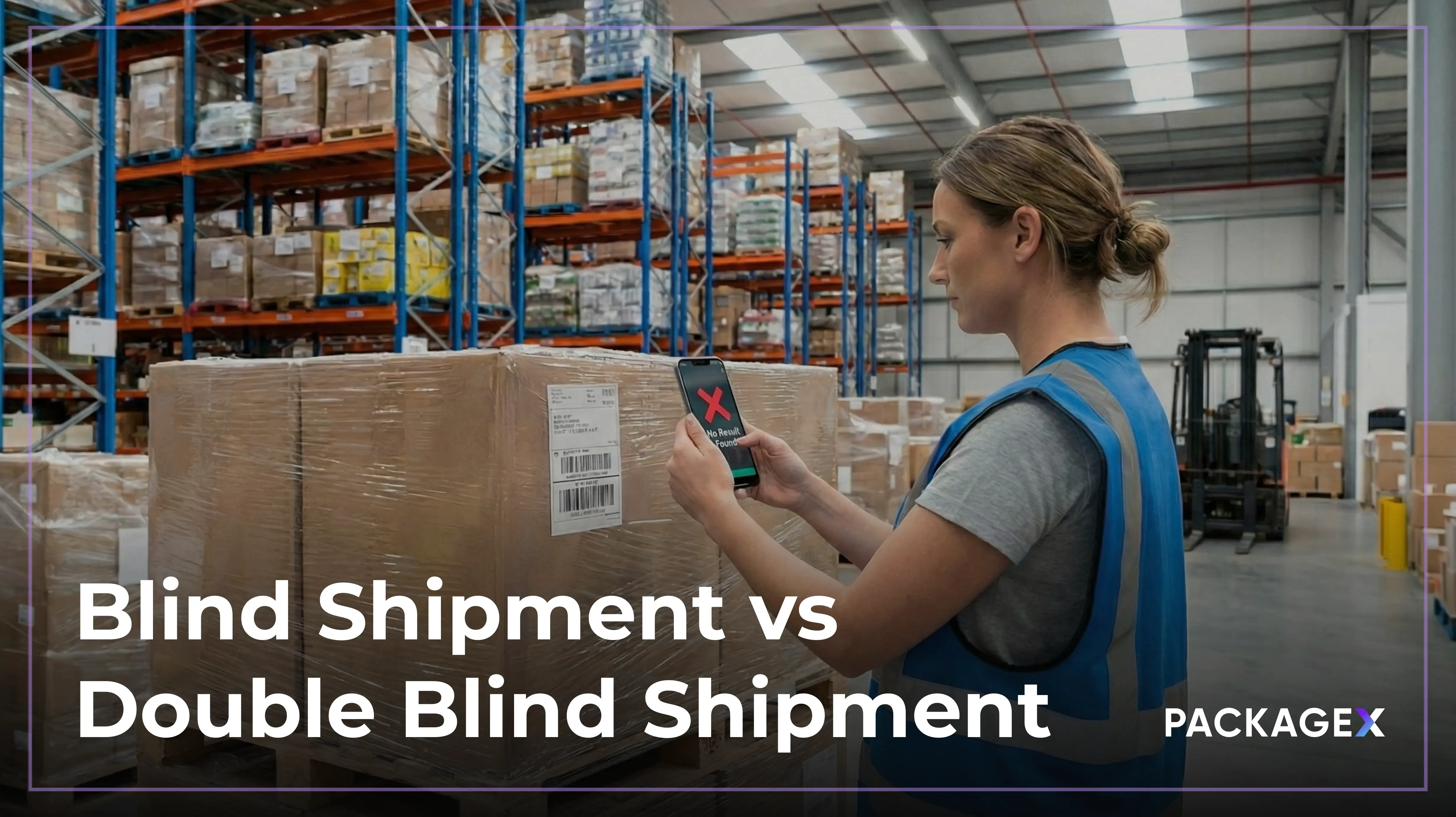To run a successful business, you need to understand inventory management. After all, inventory management is central to success in both B2B and B2C organizations. It affects many aspects of the business, from production timelines to operating costs and even the customer experience. Effective inventory management can help your organization function more smoothly while neglecting it will have the opposite effect.
The best way to develop an inventory management strategy that works for your company is first to understand the types of inventory you will be dealing with. This article is a guide that will help you learn to classify inventory according to the types of inventory and the purpose. But first, we need to understand what we mean when we discuss the term.
What is Inventory?
The ultimate goal of every business is to make a profit. Against that background, inventory refers to all of the goods, materials, and merchandise the company uses to draw in revenue. It’s essential to make a distinction between company inventory and company assets. Inventory is ultimately intended to be sold off; assets are possessions that remain with the company.
The difference between the two types of inventory can be illustrated with the example of a furniture store. The furniture pieces make up the store’s inventory, while the workshop where they are made counts as an asset. Essentially, inventory exists to be sold at a profit, while assets are used to carry on company operations.
Identifying Inventory in the Manufacturing and Service Industries
It’s easy to classify types of inventory when dealing with physical goods. From cheap consumer goods like fast food to expensive, one-off purchases like cars or electronics, inventory includes the finished products and all the raw materials that went into their creation. Carrying forward the example of the furniture store, its inventory will consist of not just the finished pieces but also raw materials like wood planks and semi-finished goods and any work in progress.
In the service industry, where there is no physical exchange of goods, it is a bit more challenging to pin down what counts as inventory. Items that are consumed in offering the service, like band-aids at a first-aid clinic, are considered inventory for professionals in the service industry.
Now that we’ve learned how to recognize inventory, the next step is knowing how to classify it according to its type.
Types of Inventory
There are multiple types of inventory. Despite this, there are certain common traits regardless of the types of inventory at hand. Inventory will always take the form of a tangible or intangible asset that has an exchange value and is intended to be used in making a sale. Apart from this common thread, many distinctions can be used to classify inventory according to type.
1. Raw Materials
One of the first types of inventory is raw materials. These are items that will be used while making the final product. This is only applicable to companies that are engaged in manufacturing processes. Companies that trade goods but do not produce any will not need to concern themselves with raw materials. For example, in a food processing plant that makes chips, the potatoes sourced from farmers will count as raw materials.
A further distinction can be made between direct and indirect raw materials. The difference is that direct raw materials are used in the finished product, whereas indirect raw materials are part of the overheads required to carry on production. The potatoes in the above example would count as direct raw materials since they will be going into the final product. Meanwhile, the crates used to store the potatoes before processing will count as indirect raw materials.
2. Works in Progress
The next category of inventory is work in progress (WIP) inventory. Basically, WIP inventory consists of everything that is currently on the factory floor, from raw materials to semi-finished goods. As the name implies, these goods are still unfinished and not ready to be sold. Additional processing is required to make WIP inventory ready for the market.
For example, WIP inventory at an automobile factory would consist of a partially assembled car that needs a coat of paint and additional parts installed. But it also includes a fully assembled car that still hasn’t passed the safety tests. Until an item is ready to be sold to consumers, it counts as WIP inventory.
3. Finished Goods
The final category of inventory is finished goods. The title is self-explanatory: These are goods that are ready to be shipped and sold. For inventory to be considered finished goods, it needs to pass through all stages of processing and clear all quality control and safety tests. Finished goods are what most people refer to when discussing inventory, as they can be sold for a profit.
4. Maintenance, Repairing, and Operating Inventory
While raw materials, WIP inventory, and finished goods make up the three main types of inventory, there is also a fourth category. Maintenance, Repairing, and Operating (MRO) inventory is an ancillary category, but it is also crucial as it wouldn’t be possible to manage the other inventory types without it. MRO inventory includes the items used in manufacturing the finished goods, which aren’t included in the final product. Factory equipment, consumable goods, and office supplies count as MRO inventory.
Special Purpose Inventory
The types of inventory discussed above are the standard classification methods for inventory management. They deal with all the goods and materials involved, from manufacturing to making a sale. They are classified according to their place in the manufacturing-to-market cycle. But in order to ensure smooth operations, most companies also need to maintain stockpiles of all four main types of inventory outside this cycle for special purposes.
1. Buffer Inventory
The purpose of buffer inventory is to protect a company from demand fluctuations, production snarls, or transport delays. These problems are difficult to predict and can lead to a situation where the company’s finished goods are out of stock in the market. Buffer inventory is also known as safety stock. It can be anything from finished goods stored in a warehouse to a stockpile of raw materials in a factory. Companies use buffer inventories when their established processes are upset due to unforeseen outside factors.
2. Cycle Inventory
Every company needs a minimum amount of materials to carry on producing goods. This is known as cycle inventory, as it is necessary to keep the production cycle going. Most companies order their cycle inventory in batches and at regular intervals. If cycle inventory is not in stock, the company will find it hard to meet even its minimum production quotas for that manufacturing cycle.
3. Decoupling Inventory
Manufacturing processes are complex and have multiple stages. A complication at any single stage can throw the entire process into jeopardy. Take the example of a textile mill that uses multiple machines to convert fibers to fabric and fabric to finished textiles. Should a single machine in this process break down, no further steps can be taken.
Decoupling inventory is a solution to this problem. It consists of WIP inventory that is kept in storage. It is only used in the event of a breakdown in the production process. In the textile mill’s example, it could consist of unprocessed fabrics that are ready to be converted to finished textiles. Should the fiber-to-fabric process break down, the decoupling inventory can be used to continue the fabric-to-textile process without stopping production while the problem is fixed.
4. Transit Inventory
Inventory that is being moved between locations is known as transit inventory. This category includes all inventory types. Raw materials being freighted into the factory and finished goods being shipped off to stores are both examples of transit inventory.
{{returns-webinar}}
Why Inventory Management is so Important
The ability to accurately classify your inventory will help your company streamline its operations and order fulfillment. Knowing exactly where goods and materials are stored and their state of completion is critical to optimize the supply chain. Poor inventory management can throw a wrench in company operations or even delay customer shipments, which is an undesirable outcome for both the company and the consumer. Market research conducted by Reliant Funding revealed that 34% of businesses have had to delay shipping an order because the product sold was no longer in stock.
From tracking inbound shipments of raw materials to keeping an accurate tab on warehouse stocks, inventory management is a sprawling exercise. Conducting it manually leaves room for errors.
Luckily, there are enterprise software solutions that make inventory management much simpler. Cloud solutions like PackageX enable companies to track all types of inventory in real-time, increasing productivity, reducing supply chain complications, and bringing down operational costs. Along with these benefits, they improve the customer and employee experiences. Visit the PackageX website to learn more about their flexible cloud offering and key benefits of their inventory management offering.
The best way to ensure your company’s production cycle continues uninterrupted is by implementing a robust inventory management system. Your company inventory can be a major business asset, but you must know how to use it effectively. Start by learning how to classify your inventory according to type and purpose, and then apply inventory management principles to extract maximum value from it all.




